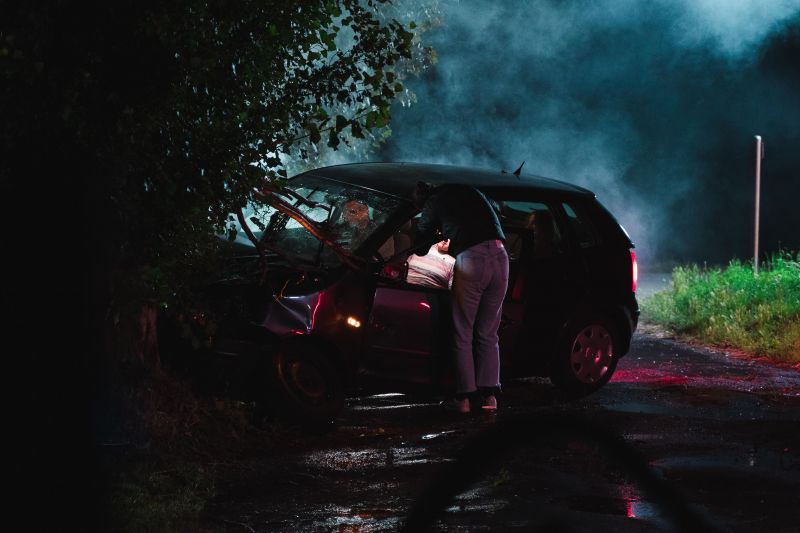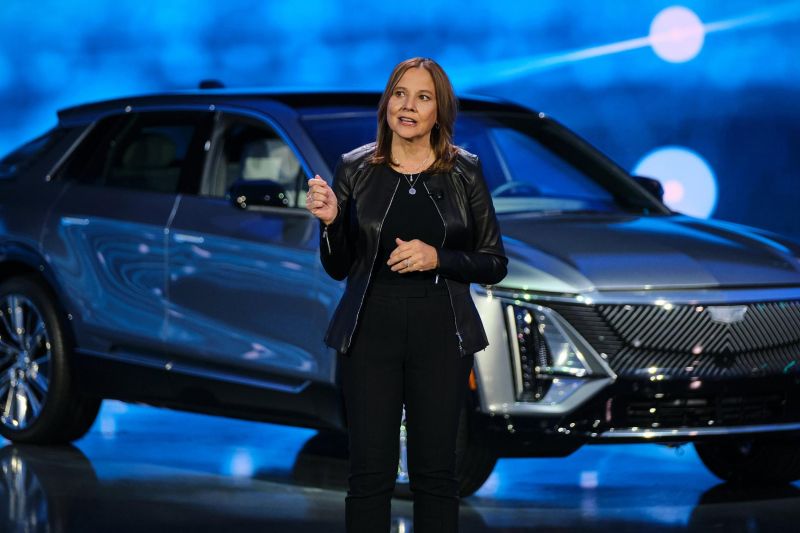Interlocks could become standard on all cars in the US, with regulators drafting rulesets on how to implement the technology.
The push to have standard-fit interlocks in passenger vehicles, something General Motors supports, is part of a wider goal to cut down on impaired driving, preventing thousands of injuries and deaths.
An interlock is a device that prevents the operation of machinery unless certain conditions have been met. In this case, an interlock would prevent an operator driving a motor vehicle whilst drunk.
The National Highway Traffic Safety Administration (NHTSA) has released a document that it says helps “lay the groundwork for potential alcohol-impairment detection technology standards in all new passenger vehicles when the technology is mature”.
Despite the challenges in drafting these rulesets, the NHTSA plans to push ahead and present a Federal Motor Vehicle Safety Standard that requires passenger vehicles to have “advanced drunk and impaired driving prevention technology” by 2024.
The final rule to establish the standard needs to be issued by the NHTSA no later than November 15, 2024.
The NHTSA believes interlock devices should be passive, meaning the device should automatically operate without a prompt from a driver. For example, an onboard breathalyser that requires the driver to blow into it is an active system, rather than a passive one.
The US regulator is still considering the best way to draft and implement requirements for such devices. However, it did present key questions that need to be answered before the rulesets can be approved.
The document explores challenges such as deciding appropriate prevention countermeasures once a driver is found to be impaired, guarding against false positives, differentiating between different impairment states and how the vehicle would react if the driver becomes impaired while driving.
Additionally, the document suggests the best way forward for an interlock system is to use a variety of sensors, instead of relying on one input. Such a system is described in the document, which suggests pairing a primary system such as a finger scanner with an eye-tracker.
For example, a biometric scanner that calculates alcohol concentrations in the skin’s capillaries would be paired with an attention monitor that tracks eye movements, a system becoming more common in Australia.
Additionally, automatic breath analysers located in the vicinity of the driver are also suggested as a possible inclusion.
GM CEO Mary Barra has joined in the chorus supporting the initiative. Automotive News reports she told The Economic Club of Washington that GM is already working on the technology.
“We’ve been working with regulators on that,” Ms Barra said, adding the integration of the technology in cars is the future.
“We have technology to do that. … I think that’s technology that’s coming that I think is going to be good for everyone.”
Regardless of the path chosen by the NHTSA, perhaps the biggest challenge is to convince the general public of the technology with the organisation saying:
“NHTSA is aware that a combination of misinformation related to advanced drunk and impaired driving technologies, and misbelief that there exists a right to drive while drunk have resulted in some individuals believing that this rulemaking is pursuing a course of action that might unduly infringe upon their rights.”
The NHTSA says 13,384 people were killed in the US in drunk driving crashes in 2021, the most recent year for which data is available.


